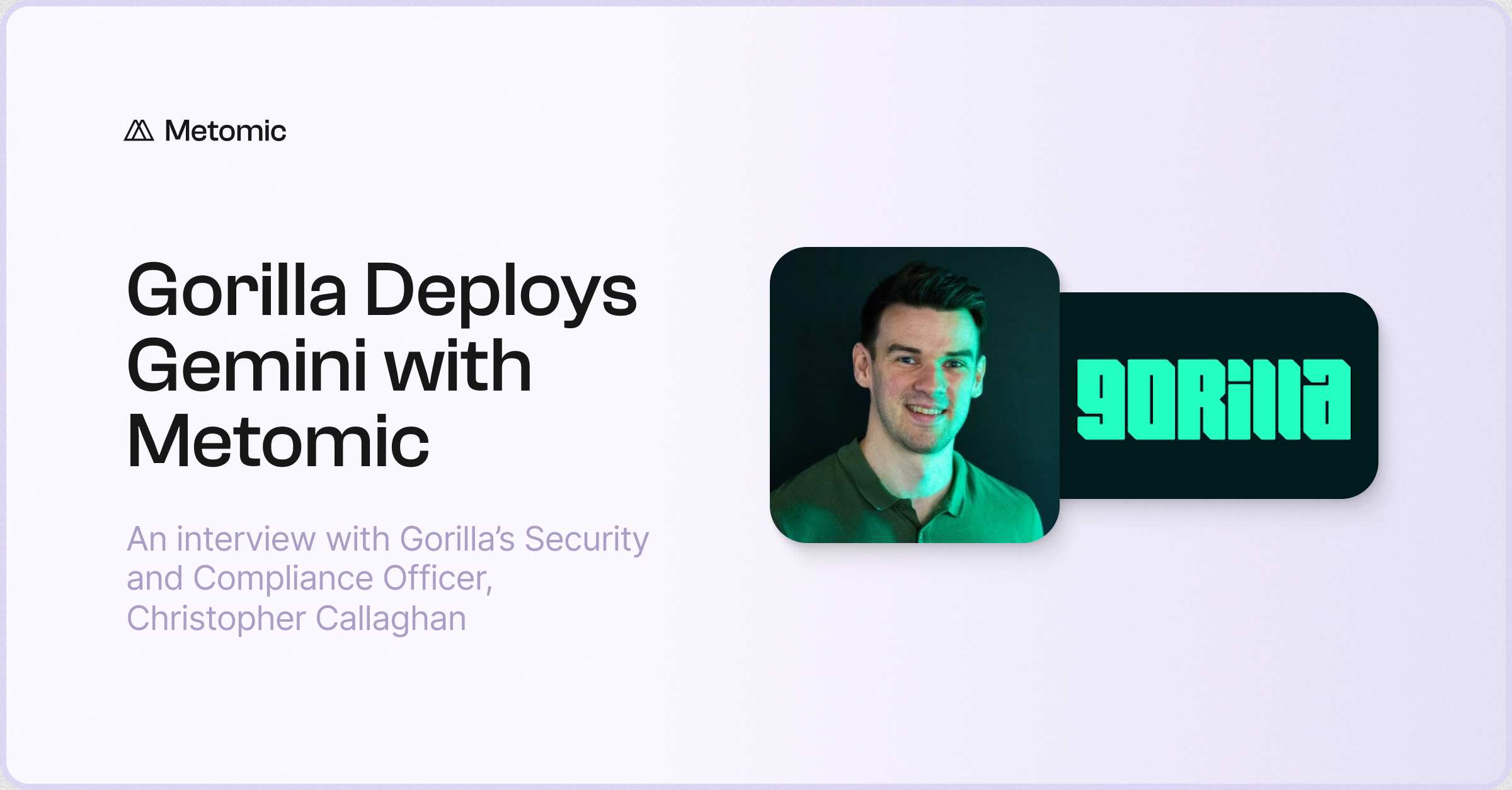August Product Update
A faster way to find what you're looking for in Slack, plus 3 new integrations

August Product Update
A faster way to find what you're looking for in Slack, plus 3 new integrations

August has brought with it a range of new features and integrations that I'm excited to share with you.
Now that we're heading into the autumn, we're hunkering down to keep building bigger and better things - I can't wait to share what's coming next.
In the meantime, take a look at what's new with us:
Filter your messages by channel in Slack Enterprise
Within your Assets page, you'll now be able to filter by Slack channel to find the risks that matter to you.
For instance, if you were wondering: "How do I see Slack messages that belong to a private channel?", you'll be able to get an answer instantly using the new filters we have available.
See the messages and files that pose a risk, in the channels you want to keep an eye on.

Integrate Microsoft Teams, OneDrive and SharePoint today
Now that we have Teams, OneDrive and Sharepoint live, we're excited to say that you can now start protecting data across your entire Microsoft stack.
Whether your team are storing spreadsheets full of company secrets in OneDrive, or sharing PII via Teams, you'll be able to detect and protect the sensitive data you care about.
Chat with your Account Manager today about getting this set up, and ask them to tell you about our current offer!

Metomic's hot-take
I was reading this article about a post-data breach strategy recently, and it occurred to me that a comprehensive post-data breach strategy isn't just about incident response and damage control. It involves creating a culture of security awareness and proactivity within the organisation.
Whether it's robust encryption, multi-factor authentication, or better access controls, the focus should always be on preventing breaches from happening in the first place.
And we can't ignore the importance of timely rectification and public communication after a breach. The ability to quickly identify and address vulnerabilities, while keeping all stakeholders informed, can significantly mitigate the negative impact of a data breach.
What's the best tip you've received for creating a post-data breach strategy?



.png)
